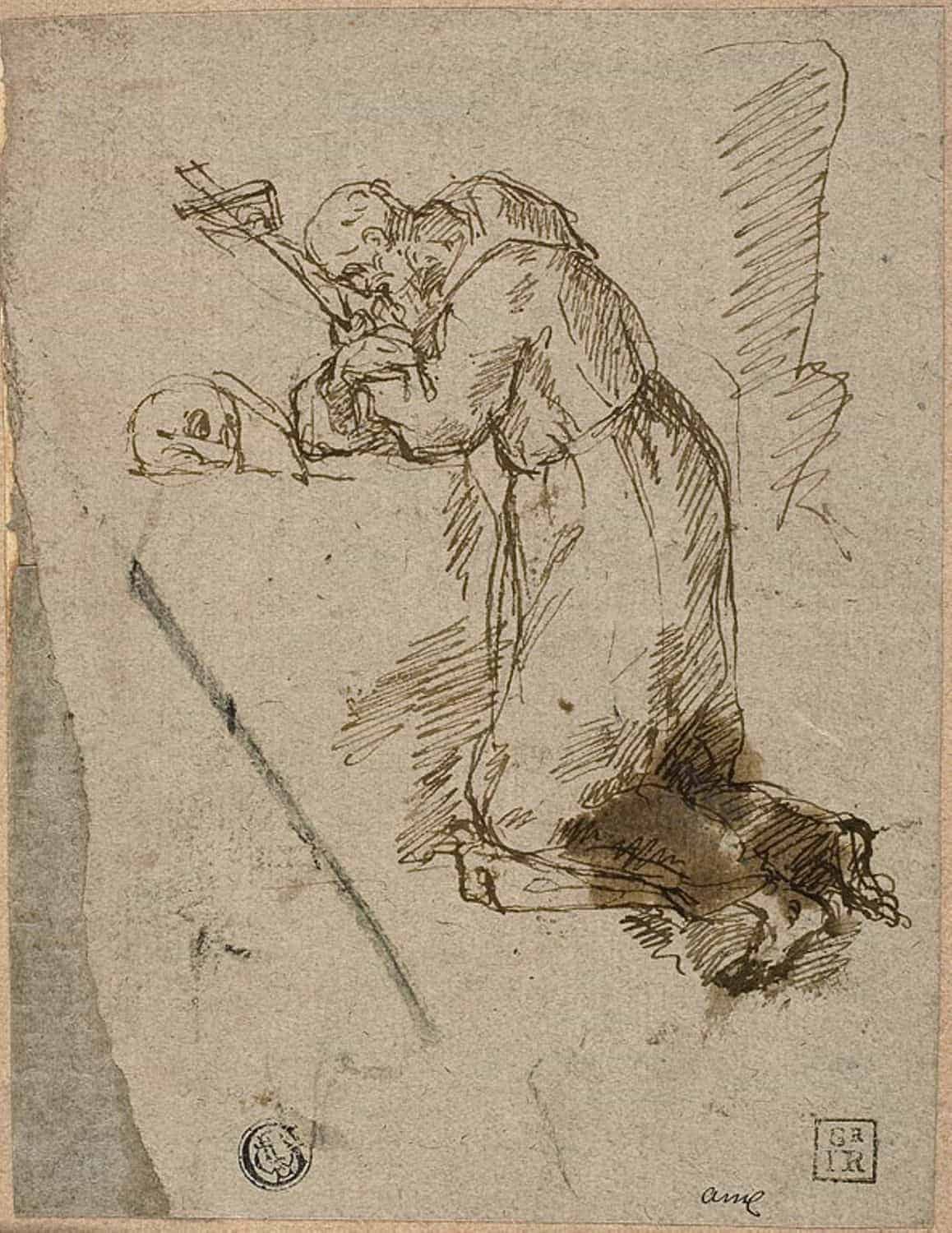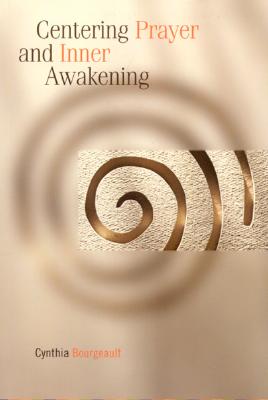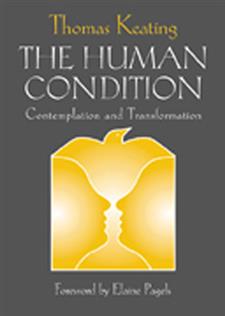Spirituality and Faith
Prayer: Types, Practices, and Benefits
THC Editorial Team March 5, 2021

Contents
- Overview
- What Is Prayer?
- What Is the History of Prayer?
- Different Types of Prayer
- When Do People Turn to Prayer?
- Potential Benefits of Prayer
- Developing Prayer Practices
From time immemorial, people have turned to a higher power in prayer. In some traditions, praying is an outward engagement with the divine. In others, this practice is a contemplative journey that seeks the divine within. While claims about the power of prayer vary by tradition, millions of people engage in some sort of prayer practice every day.
What Is Prayer?
Although the form and object of prayer may differ among religious and spiritual traditions, its central purpose is communication and union with the divine.
When people engage in this devotional practice, they seek to step beyond themselves and connect to something greater. This communicative behavior can be influenced by individual motives that are inherently human.1
During a time of prayer, people reflect on their joys or concerns and seek divine intervention. People often turn to prayer in times of both trouble and great inspiration.
Prayer practices vary widely. Highly religious people may pray several times a day. Others may only seek to pray in times of deep need. Some traditions, such as Islam, have set times for daily prayers. Other daily prayer practices include morning and evening prayer. A blessing made at mealtimes is also a common practice across religious faiths.
What Is the History of Prayer?
The origins of prayer as a devotional practice are unknown. It may be that early humans sought deeper relationships with the elements in nature around them. Animistic prayers to the sun, moon, and animal spirits called for successful hunts and harvests.2 As institutional religions developed, believers turned their attention from the earth and focused on the divine.
Ideas about prayer have changed over time. Members of organized religions have long debated whether prayer is a communal activity or a personal act of devotion. However, a common theme in many organized religions is the idea that prayer is the purest form of expressing the essential elements of a religion.3 Prayer is a universal aspect of religion even though its specific contours and meaning may continue to change.
Different Models / Types of Prayer
Today, most faiths recognize that there are a variety of ways that people can pray. While they may emphasize one mode over another, many embrace multiple models appropriate to the situation and the individual’s personality. There are innumerable forms of prayer; therefore, the following list includes the most common prayer models:
Personal prayer
Also known as private prayer, personal prayer is when an individual prays alone, without being in a group or having other people around.
Communal prayer
In times of grief and joy, communities will gather together to pray. Through this practice, participants gain support from a shared connection to the divine. For example, in Pentecostal Christian and Sufi Islam traditions, the energy of a community at prayer and the strength of the connection to the divine can lead to ecstatic speaking and trancelike states.
Intercessory prayer
In both communal and personal settings, people may spend time praying for others. This type of prayer can be a direct appeal to a higher power for healing or another form of divine intervention. Buddhist loving-kindness meditation is an example of this form of outward prayer: it begins with the individual and reaches out to spread kindness to the universe.
Rote prayer
Most religions have a body of written prayer that believers repeat, memorize, and turn to as part of their practice. Many Christians recite the Lord’s Prayer every day. Within Orthodox Judaism, formal prayers are spoken at several moments throughout the day. Observant Muslims pray memorized salah prayers at the five traditional daily devotional times.
Contemplative prayer
Contemplative prayer is also known as receptive prayer. In theocentric traditions, it is a type of prayer that encourages listening as opposed to speaking. Contemplatives spend time in silence seeking to experience union with the divine.
When Do People Turn to Prayer?
People sometimes seek divine intervention when they experience pain, illness, and suffering. Some people believe that prayer even has the power to heal human bodies and psyches. Others see prayer during pain as a supportive action that helps them endure the pain.
People may also turn to the divine in gratitude at joyful moments in their lives. Athletes around the world have been documented offering a blessing after a score. Birthdays, weddings, and other life-affirming events are opportunities for grateful prayer.
Even nonreligious people may find themselves surprised at the wonder of natural beauty. Some consider exclamations of “Oh my God!” at sunsets and mountaintops to be the truest form of prayer.
Potential Benefits of Prayer
The benefits of prayer are debated widely among scholars, religious practitioners, and laypersons. Researchers have studied the general health, personal, relational, and mental health effects of prayer.
General Health Benefits
While many who are religious speak of the power of prayer and its ability to heal or lead to miracles, a recent study found little or no relation between intercessory prayer (praying for others) and improved outcomes in cardiac patients.4
Personal Benefits
Like other mindfulness practices, a time of prayer lets people slow down and refocus. During this time, the person praying may experience a slower breathing rate and lower blood pressure. These benefits are especially apparent in contemplative prayer modes that encourage a calmer mind.
Spiritual support and daily prayers of gratitude seem to assist people in developing positive attitudes.6 The intentional practice of looking at what is positive extends beyond the prayer time and affects the rest of the day.
Relational Benefits
Prayer can have a powerful role in healing relationships. Recent studies have found that spouses and friends who pray for one another are better able to forgive offenses.7,8 The act of praying for the other person encourages continued engagement and empathy rather than separation.8
Mental Health Benefits
Praying tends to focus the person’s mind on a subject. When that subject is joyful gratitude, it can lead to a positive sense of well-being. However, if prayer focuses only on the negative aspects of a person’s life, it can cultivate a more depressed state.9
Research has shown that prayer may have mental health benefits for people who engage in the practice. A recent review of literature on prayer showed reduced levels of anxiety in hospital patients who pray.5 Prayer can be a resource that encourages mental wellness, a positive outlook, and greater resiliency.
Several studies have analyzed the effects of various forms of prayer on mental health and well-being.
- A 2011 study analyzing the use of prayer as a coping strategy found that the divine connection established during prayer can help an individual feel as though they have control over a stressful situation, gain comfort in a stressful situation, and understand the meaning behind a stressful situation.10
- A 2016 review of 41 observational clinical studies also found that private prayer was linked to significant reductions in depression, anxiety, and confusion as well as significant improvements in optimism and coping.11
Developing Prayer Practices
People connected to a religious tradition have many resources available for adopting a practice of prayer. Resources can be found online to join prayer groups and learn about various prayer practices. Speaking with a religious leader such as a priest may also allow an individual to develop prayer practices specific to their situation.
However, prayer does not necessarily require a connection to a particular religion. Cultivating prayer as an attitude or approach to life could be as simple as noticing moments of wonder and gratitude throughout the day. Taking time to recognize one’s small place in the broad universe is the first step in developing this beneficial discipline.












